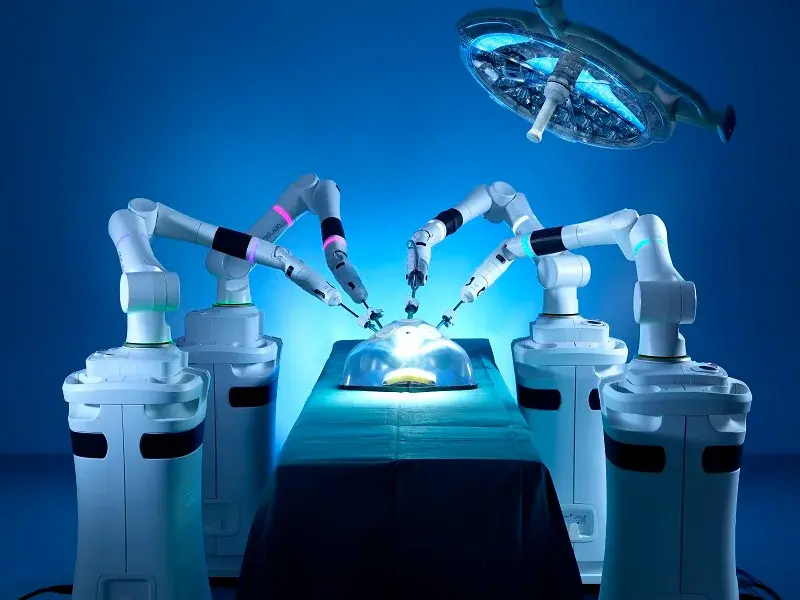Robots & Robotics in Modern Healthcare
- Sylvia Rose

- Apr 6
- 3 min read
Robotics changes healthcare in many ways such as improving patient care, and streamlining operations across the medical field. Developments include surgery, rehabilitation and cute robot companions.

In many healthcare settings unfortunately, patients are traumatized and illnesses dismissed due to subjective human judgment and lack of understanding. Robotics may improve patient experience in these scenarios.
Surgical Robots
Surgical robots such as the da Vinci Surgical System enable minimally invasive procedures with greater precision and control. These robots allow human surgeons to perform complex procedures through small incisions.
This reduces trauma to the body, blood loss, hospital stay duration and post-operative pain. Surgical robots are commonly used in procedures such as hysterectomies, prostatectomies, and gynecological surgeries.
In complex operations like prostatectomies, robotic tools help with delicate maneuvers. Patients benefit from quicker recoveries, often returning to daily activities sooner than with traditional surgical methods.

Rehab Robots
Rehabilitation robots help patients recover from injuries, illnesses or surgeries affecting mobility. The robots assist patients with tasks such as walking, grasping objects, and doing physical therapy exercises.
Robotic exoskeletons can benefit people with spinal cord injuries or neurological disorders. They provides support and guidance while patients practice walking on a treadmill.
In physical therapy, robotic tools are increasingly used to motivate patients, ensuring adherence to rehabilitation routines. At this time they consist of feedback tools and progress meters.

Robotic assistants
These are now common in many healthcare environments. These robots handle routine tasks like delivering supplies and transporting medication.
Robots like TUG and Relay navigate hospital corridors, delivering items in under 10 minutes. By handling logistics, robots can decrease wait times and improve efficiency in medical settings.
Pharmacy Robots
Pharmacy robots are used to automate the process of dispensing medication. The robots accurately count pills, label bottles and fill intravenous bags with medication.
Pharmacy robots may reduce medication errors, increase efficiency, and free up pharmacists for other activities. The RIVA (Robotic Intravenous Automation) system, a pharmacy bot, can prepare sterile intravenous admixtures in a fraction of the time it takes a human pharmacist.

Telepresence Robots
Telepresence robots enable healthcare staff to interact with patients remotely. These robots consist of a mobile base, a video screen, and a camera.
Healthcare personnel control the robot remotely and communicate with patients by video. Telepresence robots can provide care in remote areas, reduce travel need and help patients access specialized care.
Robot Companions
Robotic companions provide companionship and emotional support to patients. They interact with patients through voice recognition and artificial intelligence.
Robotic companions benefit patients with dementia or other cognitive impairments. The PARO robot, a therapeutic robot in the form of a baby harp seal, is shown to reduce stress and anxiety in patients with dementia.

READ: Lora Ley Adventures - Germanic Mythology Fiction Series
READ: Reiker For Hire - Victorian Detective Murder Mysteries


